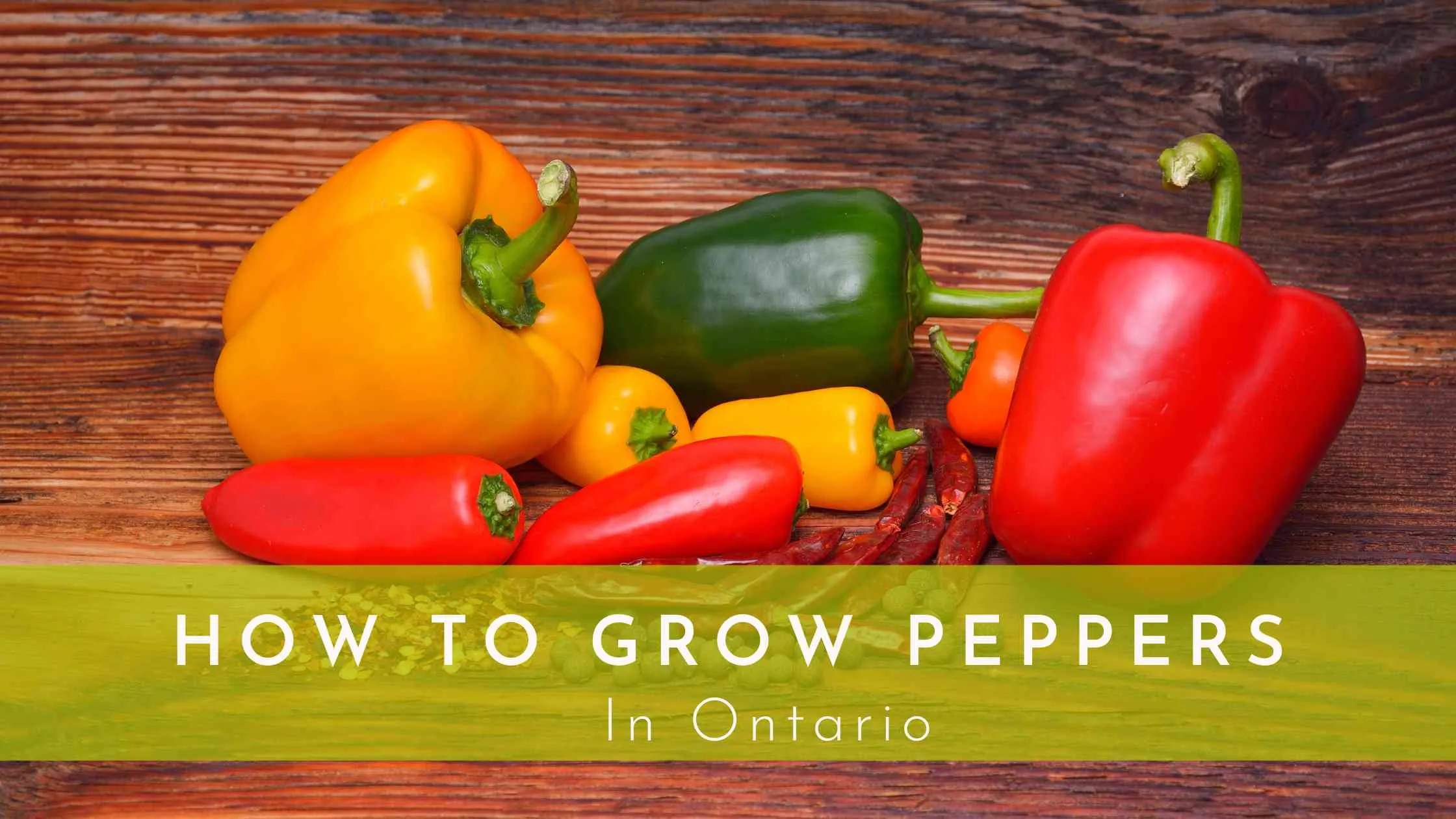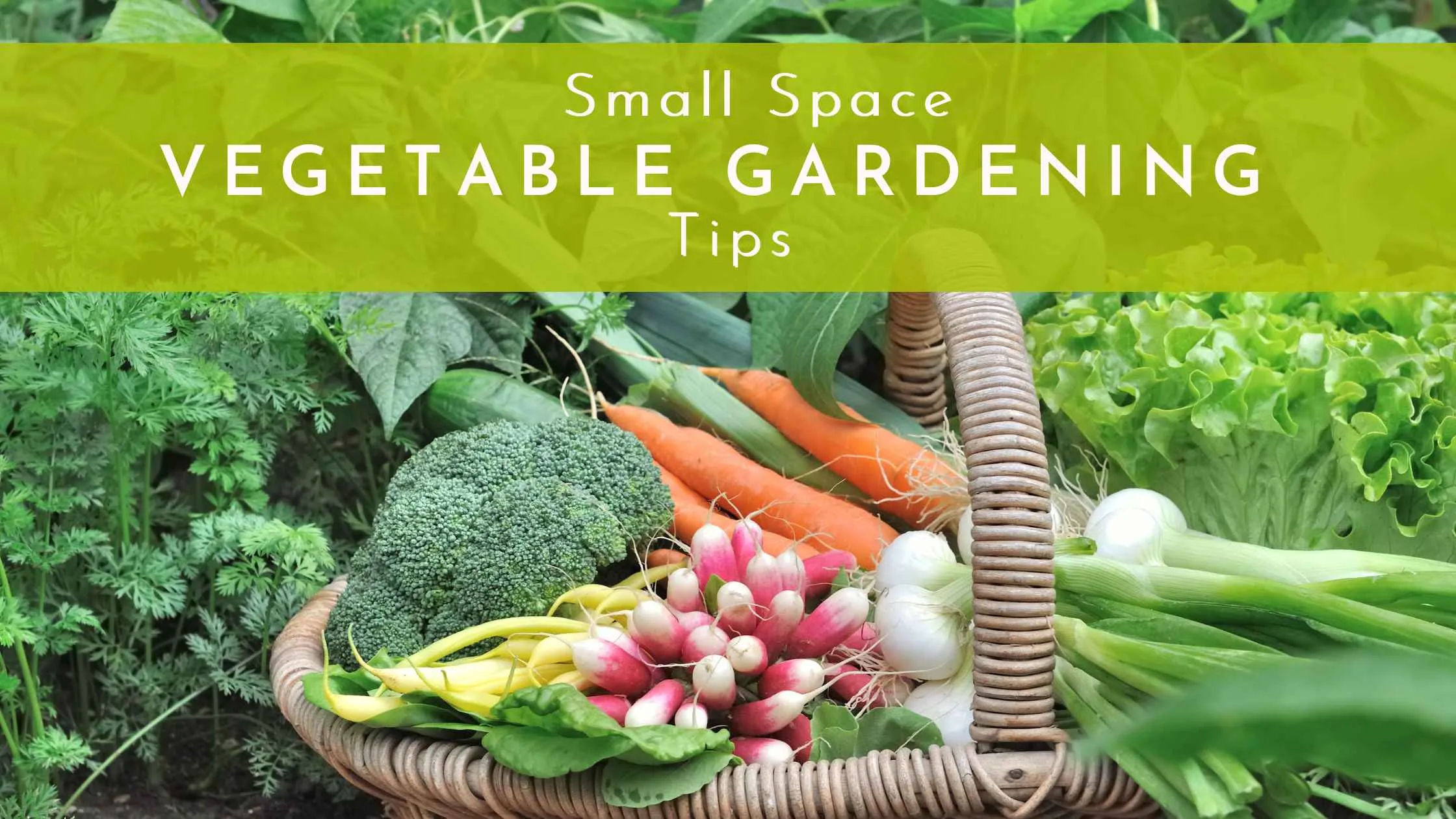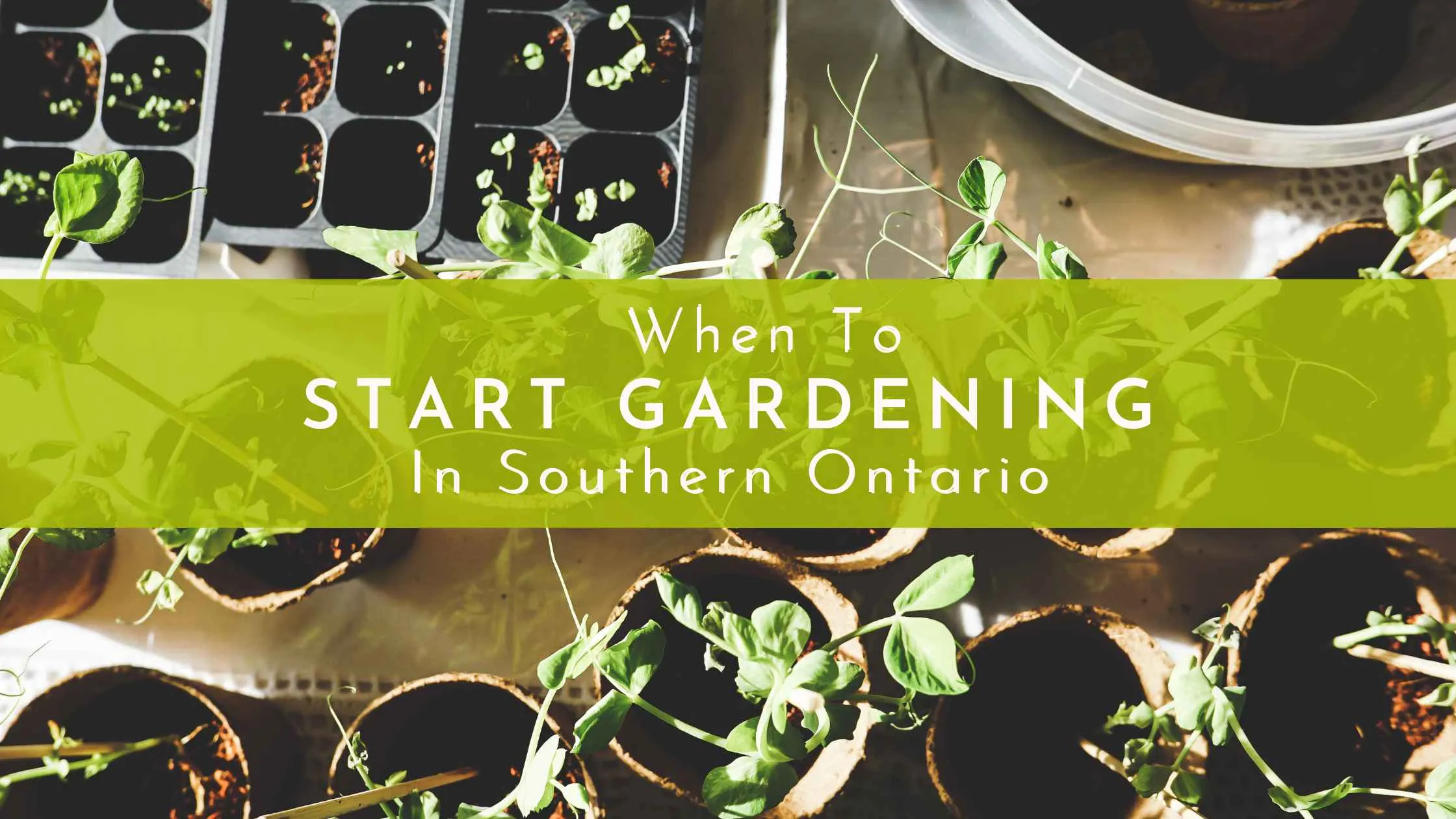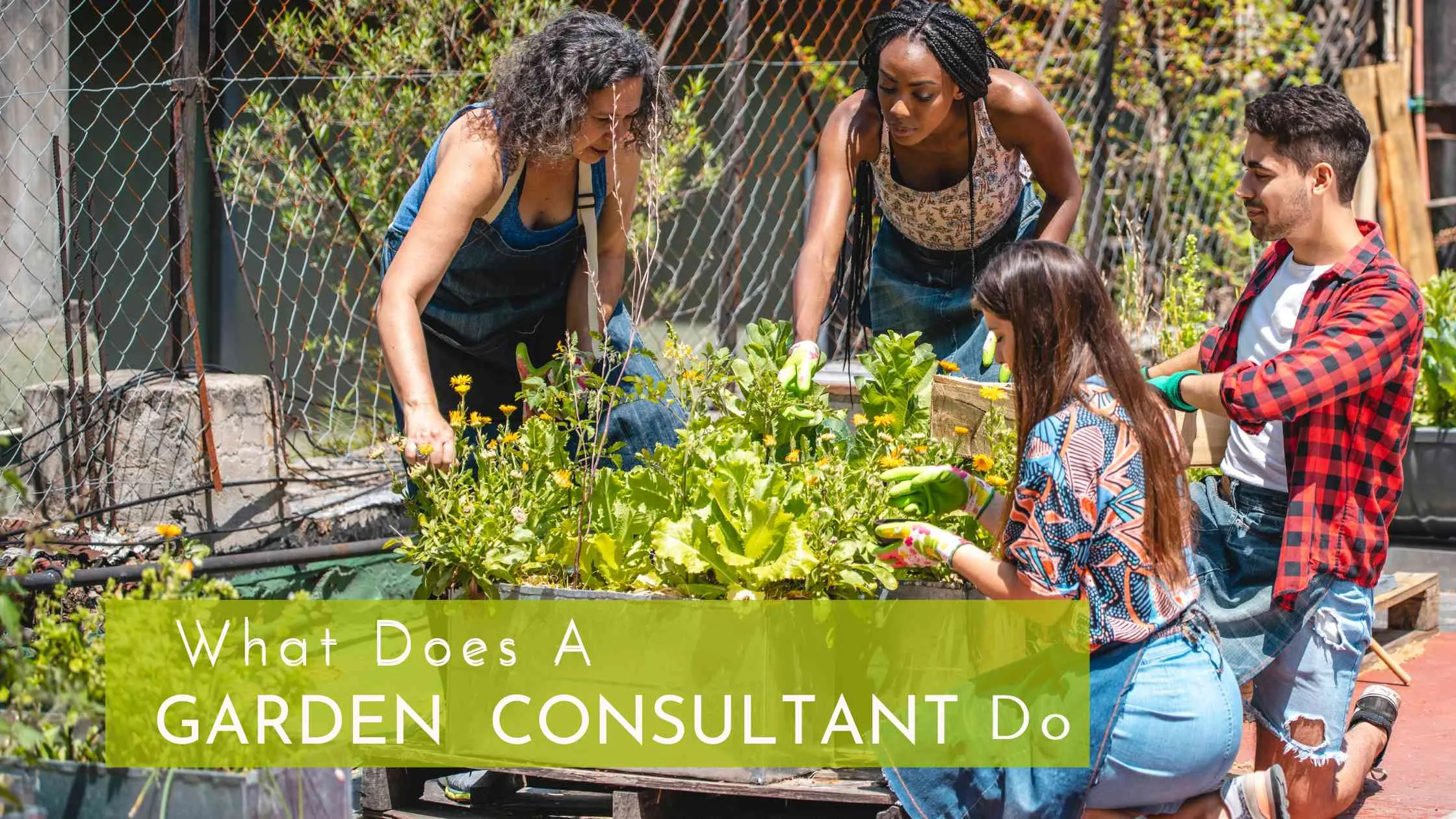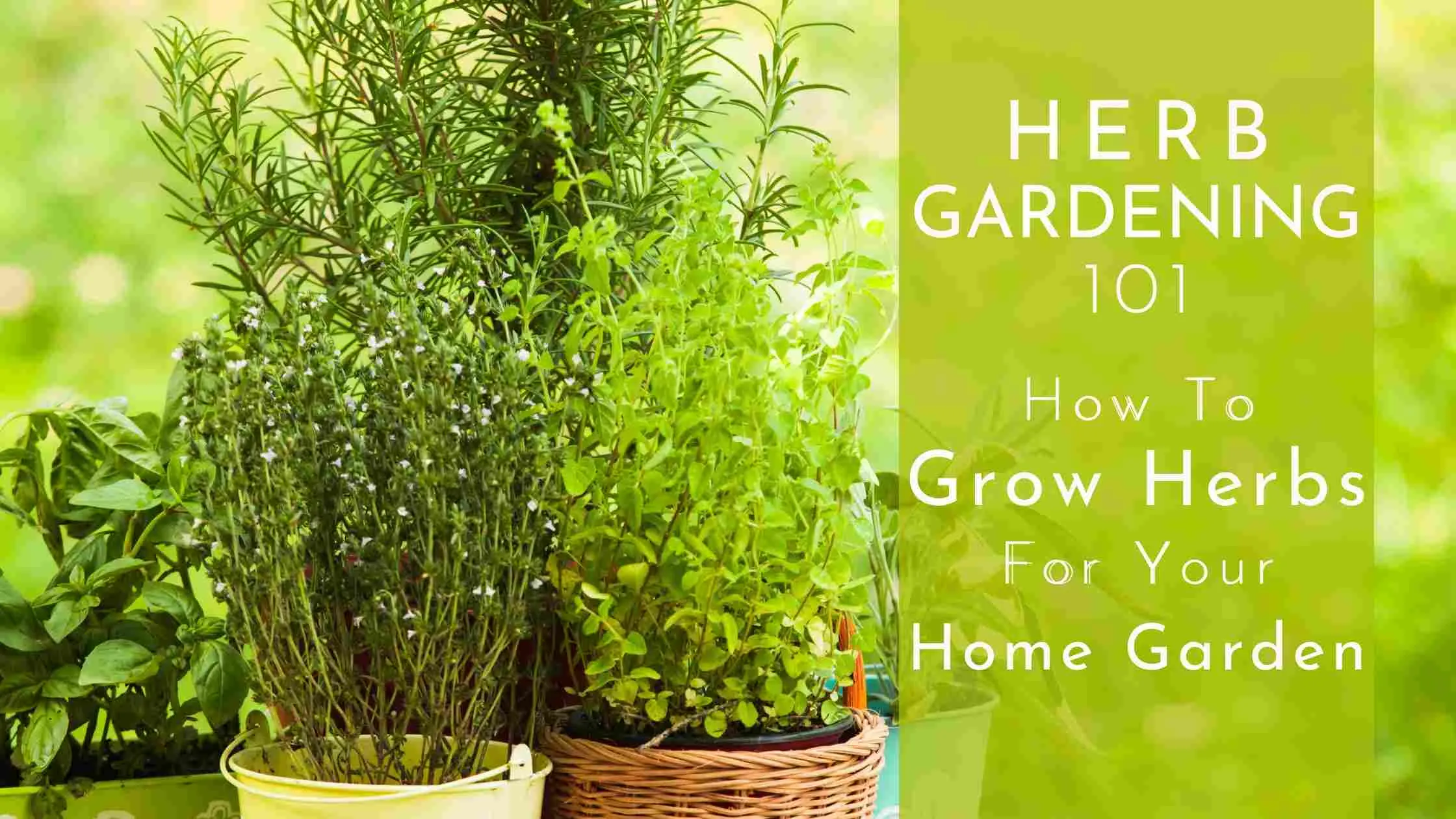Harvesting Fall Crops: A Guide for Organic Gardeners
With its vibrant colors and crisp air, Fall is one of the most rewarding times of year for organic gardeners. After months of tending to your plants, it’s finally time to enjoy the fruits—or vegetables—of your labor. However, knowing when and how to harvest fall crops can make all the difference in maximizing flavor, freshness, and future growth. In this guide, we'll explore the best strategies for harvesting fall crops and how to ensure your garden thrives sustainably.
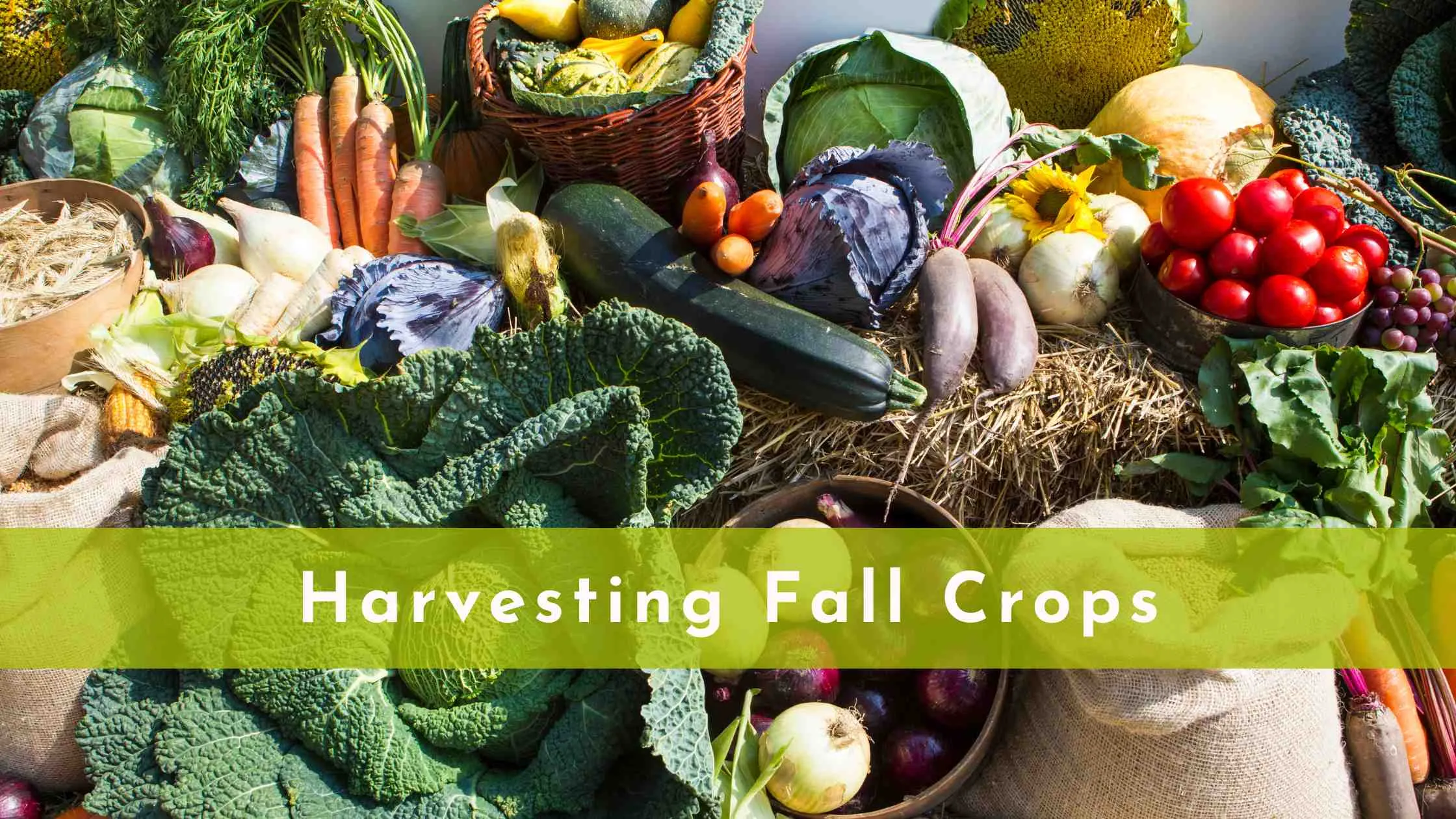
Understanding Fall Crop Harvesting Times
The key to a successful fall vegetable harvest is knowing when each crop is ready to be picked. Different vegetables have different maturation times, and recognizing the signs of readiness is crucial.
Crops like carrots, beets, and kale thrive in cooler temperatures – the cold can make some vegetables taste even sweeter. For example, the flavor of Brussels sprouts and kale intensifies after a light frost. If you're wondering, "When should I harvest my fall vegetables?" the answer depends on the crop and your local climate. Use visual and tactile cues like leaf size, root visibility, and stem firmness to gauge when your veggies are ripe.
Best Fall Vegetables to Harvest and Their Signs of Ripeness
Some of the best fall vegetables to harvest include root crops, leafy greens, and hearty squash. Here’s a guide on how to know when they’re ready:
- Carrots: The shoulders of the carrots should be visible just above the soil line, about 1/2 to 1 inch wide, depending on the variety. If the weather has been cooler, carrots may take longer to mature, but the sweetness will be worth the wait.
- Beets: Beets are ready to harvest when the tops are 1 to 3 inches in diameter. Pull them gently from the soil, avoiding damage to the delicate skins.
- Kale: Pick leaves from the bottom of the plant once they reach about the size of your hand. You can harvest kale throughout fall and even after the first frost.
- Squash and Pumpkins: These should have hard skins that can't be pierced easily with a fingernail. For pumpkins, a deep orange color indicates they’re ripe. The best time to harvest squash is before a hard frost, but after their skin has matured and hardened.
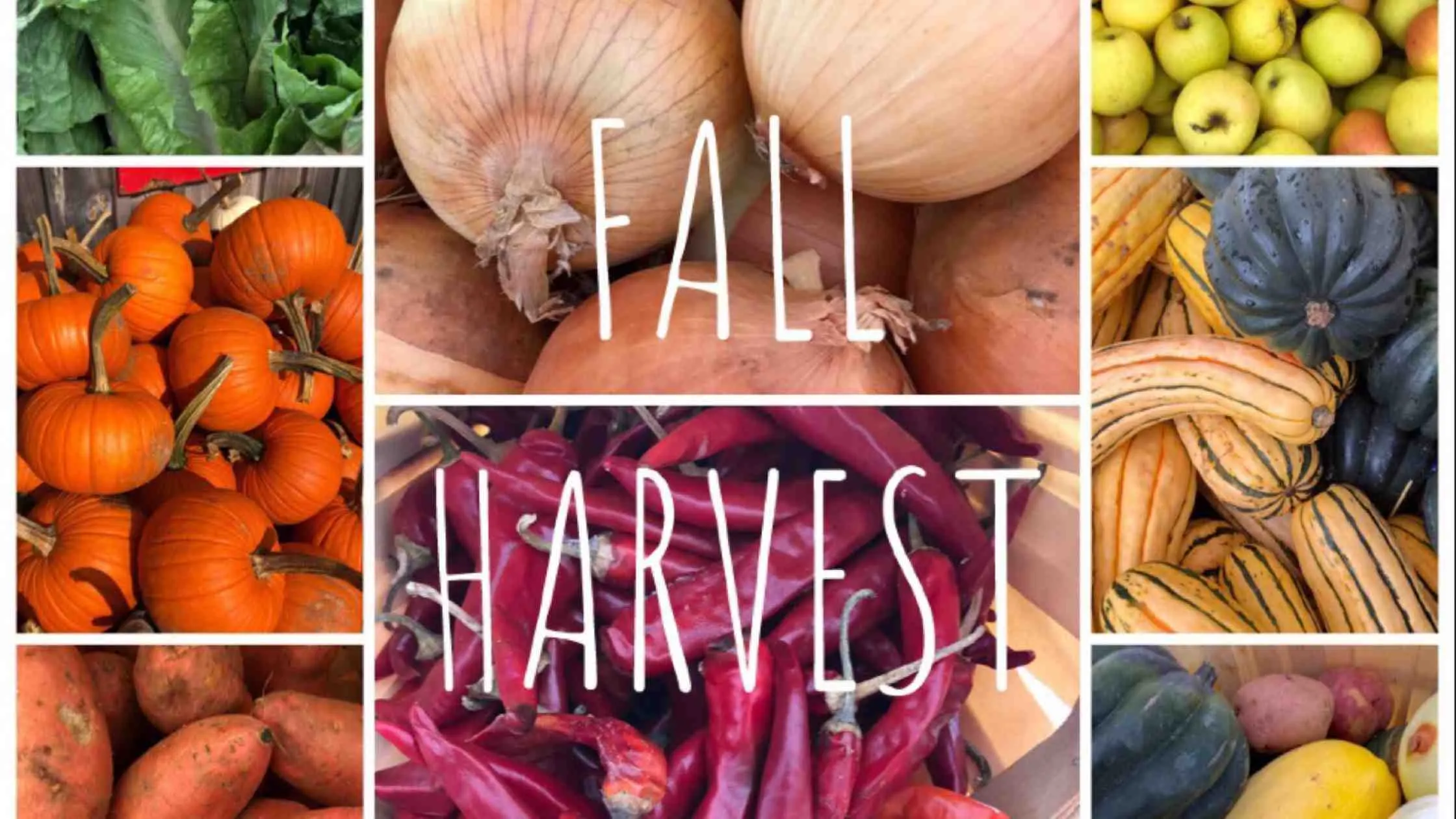
Learning the signs of ripeness for fall crops is not just a skill, it's a superpower that ensures your vegetables taste the best and store longer. It's like having a secret code to unlock the full potential of your harvest.
Organic Tools and Techniques for Fall Crop Harvesting
Using the right tools for harvesting is just as important as knowing when to pick. In an organic garden, the goal is to use tools and methods that are eco-friendly and gentle on your plants.
Some great options for harvesting fall crops include:
- Hand pruners or garden shears for snipping leafy greens and herbs.
- Garden knives for slicing through root vegetables like carrots and beets without damaging the roots.
- Root lifters to gently pry potatoes, turnips, and parsnips from the ground without breaking the vegetables.
These organic gardening tools are not just aids for harvesting, they are guardians of your garden's health. They not only make the harvesting process smoother, but they also help preserve the health of your plants and soil, keeping your garden in top shape for future seasons.
Storing and Preserving Fall Harvests Naturally
Once your crops are harvested, the next step is to store or preserve them so they stay fresh for as long as possible. Thankfully, there are plenty of natural methods for doing this without using harmful chemicals.
- Root vegetables like carrots, beets, and potatoes can be stored in a cool, dark place like a basement or a root cellar. If you don’t have one, keeping them in a perforated bag in the fridge works as well.
- Leafy greens like spinach and kale can be blanched and frozen. Blanching helps preserve their color and nutrients.
- Squash and pumpkins should be cured in a warm, dry area for about 10 days before storing in a cool space. This helps harden their skins and lengthen their shelf life.
Learning how to store your fall harvest naturally ensures that you can enjoy your fresh, organic vegetables well into the winter.
Troubleshooting Common Fall Harvesting Issues
Even seasoned gardeners face challenges when it comes to harvesting fall crops. Here are some common issues and how to handle them:
- Frost damage: If an early frost hits, cover crops with a breathable material like a garden fabric or old bedsheet to protect them overnight. Root crops like carrots can handle a light frost but may not survive a hard freeze.
- Pests: Fall gardens can attract pests such as aphids or cabbage worms. Organic solutions like neem oil, diatomaceous earth, or companion planting (using plants like marigolds to repel insects) are great ways to protect your crops naturally.
- Diseases: Fall crops are sometimes susceptible to diseases due to the cool, damp weather. Avoid overhead watering and space plants properly to allow airflow. This will help prevent diseases like powdery mildew or downy mildew from spreading.
By understanding these challenges, you can successfully overcome any hurdles and make the most of your fall vegetable harvest.
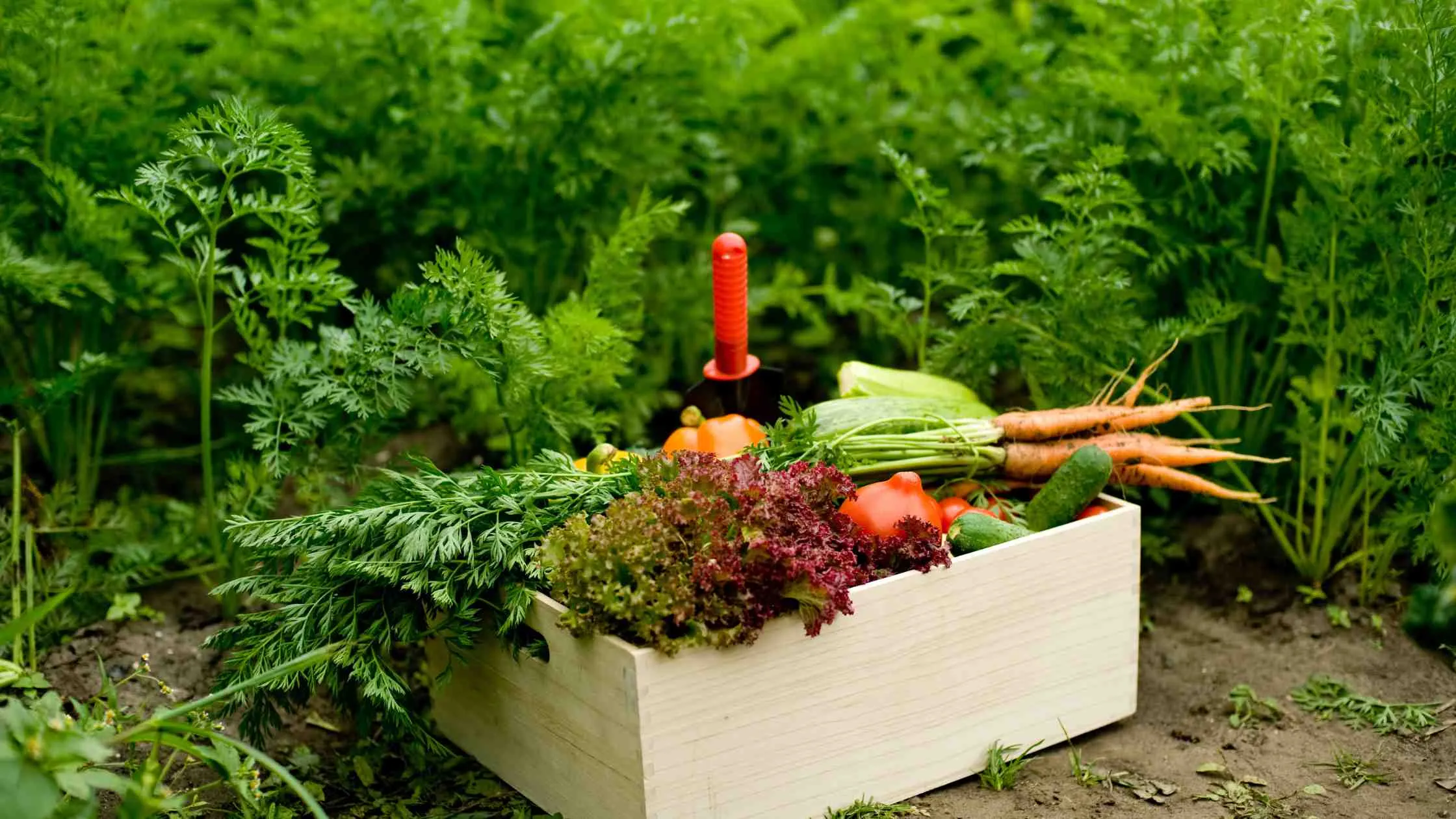
Make the Most of Your Organic Fall Harvest
Harvesting fall crops is not just about timing—it’s about preserving the hard work you’ve put into your garden and ensuring it continues to thrive. By using sustainable tools, natural storage methods, and organic gardening techniques, you’ll get the most out of your fall garden while staying eco-friendly.
Whether you’re picking carrots, kale, or pumpkins, the rewards of your fall garden are worth every bit of effort. Don’t be afraid to experiment with new crops next season, and always keep sustainability at the heart of your gardening practices.
Have any fall harvesting tips or questions? Share your thoughts in the comments below—happy harvesting!

